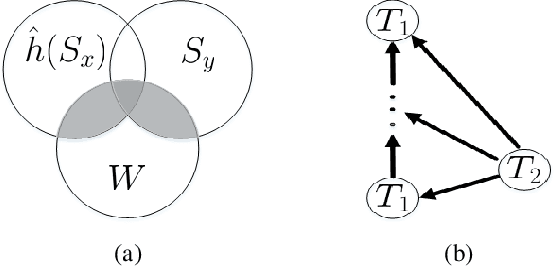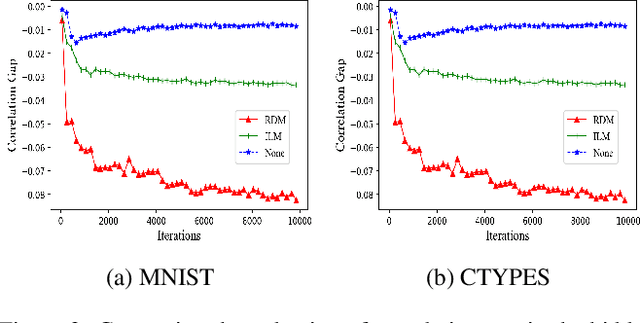Chenguang Zhang
PTQ-SL: Exploring the Sub-layerwise Post-training Quantization
Oct 18, 2021



Abstract:Network quantization is a powerful technique to compress convolutional neural networks. The quantization granularity determines how to share the scaling factors in weights, which affects the performance of network quantization. Most existing approaches share the scaling factors layerwisely or channelwisely for quantization of convolutional layers. Channelwise quantization and layerwise quantization have been widely used in various applications. However, other quantization granularities are rarely explored. In this paper, we will explore the sub-layerwise granularity that shares the scaling factor across multiple input and output channels. We propose an efficient post-training quantization method in sub-layerwise granularity (PTQ-SL). Then we systematically experiment on various granularities and observe that the prediction accuracy of the quantized neural network has a strong correlation with the granularity. Moreover, we find that adjusting the position of the channels can improve the performance of sub-layerwise quantization. Therefore, we propose a method to reorder the channels for sub-layerwise quantization. The experiments demonstrate that the sub-layerwise quantization with appropriate channel reordering can outperform the channelwise quantization.
End-to-End Human Object Interaction Detection with HOI Transformer
Mar 08, 2021



Abstract:We propose HOI Transformer to tackle human object interaction (HOI) detection in an end-to-end manner. Current approaches either decouple HOI task into separated stages of object detection and interaction classification or introduce surrogate interaction problem. In contrast, our method, named HOI Transformer, streamlines the HOI pipeline by eliminating the need for many hand-designed components. HOI Transformer reasons about the relations of objects and humans from global image context and directly predicts HOI instances in parallel. A quintuple matching loss is introduced to force HOI predictions in a unified way. Our method is conceptually much simpler and demonstrates improved accuracy. Without bells and whistles, HOI Transformer achieves $26.61\% $ $ AP $ on HICO-DET and $52.9\%$ $AP_{role}$ on V-COCO, surpassing previous methods with the advantage of being much simpler. We hope our approach will serve as a simple and effective alternative for HOI tasks. Code is available at https://github.com/bbepoch/HoiTransformer .
Redundancy of Hidden Layers in Deep Learning: An Information Perspective
Sep 19, 2020



Abstract:Although the deep structure guarantees the powerful expressivity of deep networks (DNNs), it also triggers serious overfitting problem. To improve the generalization capacity of DNNs, many strategies were developed to improve the diversity among hidden units. However, most of these strategies are empirical and heuristic in absence of either a theoretical derivation of the diversity measure or a clear connection from the diversity to the generalization capacity. In this paper, from an information theoretic perspective, we introduce a new definition of redundancy to describe the diversity of hidden units under supervised learning settings by formalizing the effect of hidden layers on the generalization capacity as the mutual information. We prove an opposite relationship existing between the defined redundancy and the generalization capacity, i.e., the decrease of redundancy generally improving the generalization capacity. The experiments show that the DNNs using the redundancy as the regularizer can effectively reduce the overfitting and decrease the generalization error, which well supports above points.
 Add to Chrome
Add to Chrome Add to Firefox
Add to Firefox Add to Edge
Add to Edge